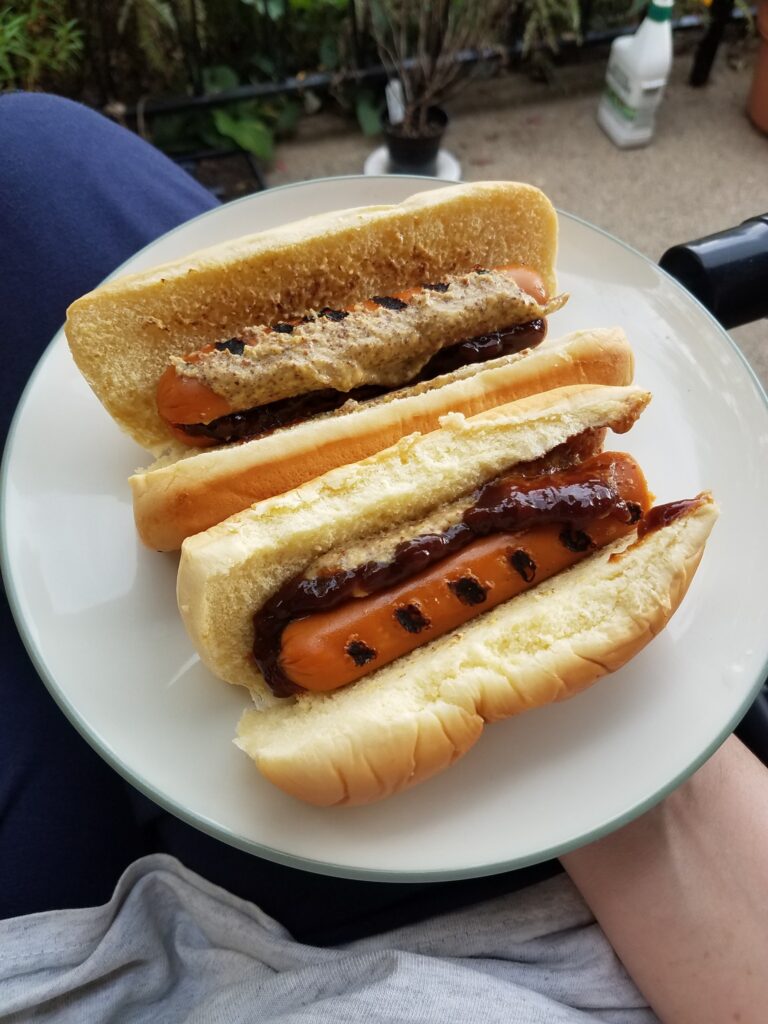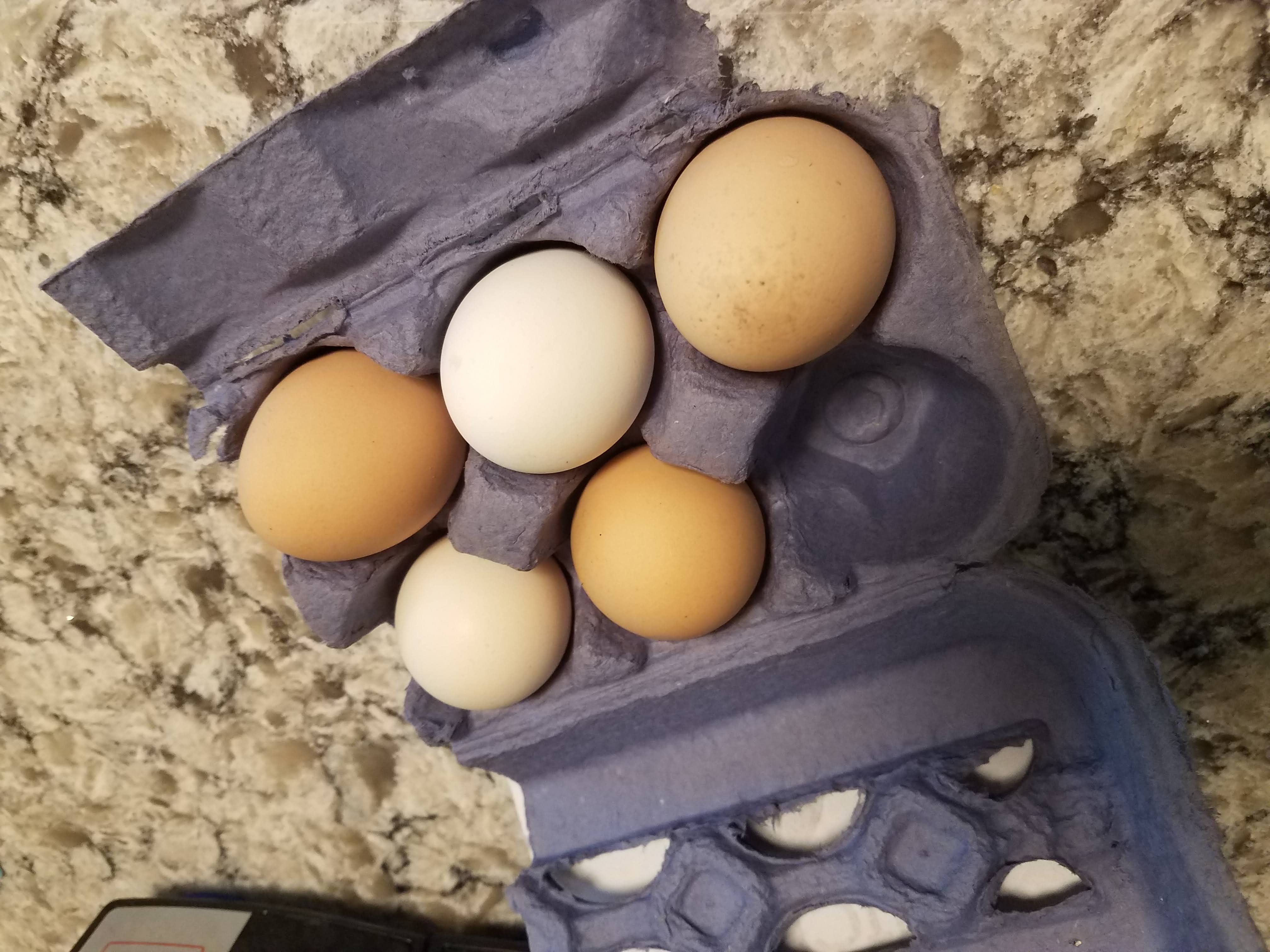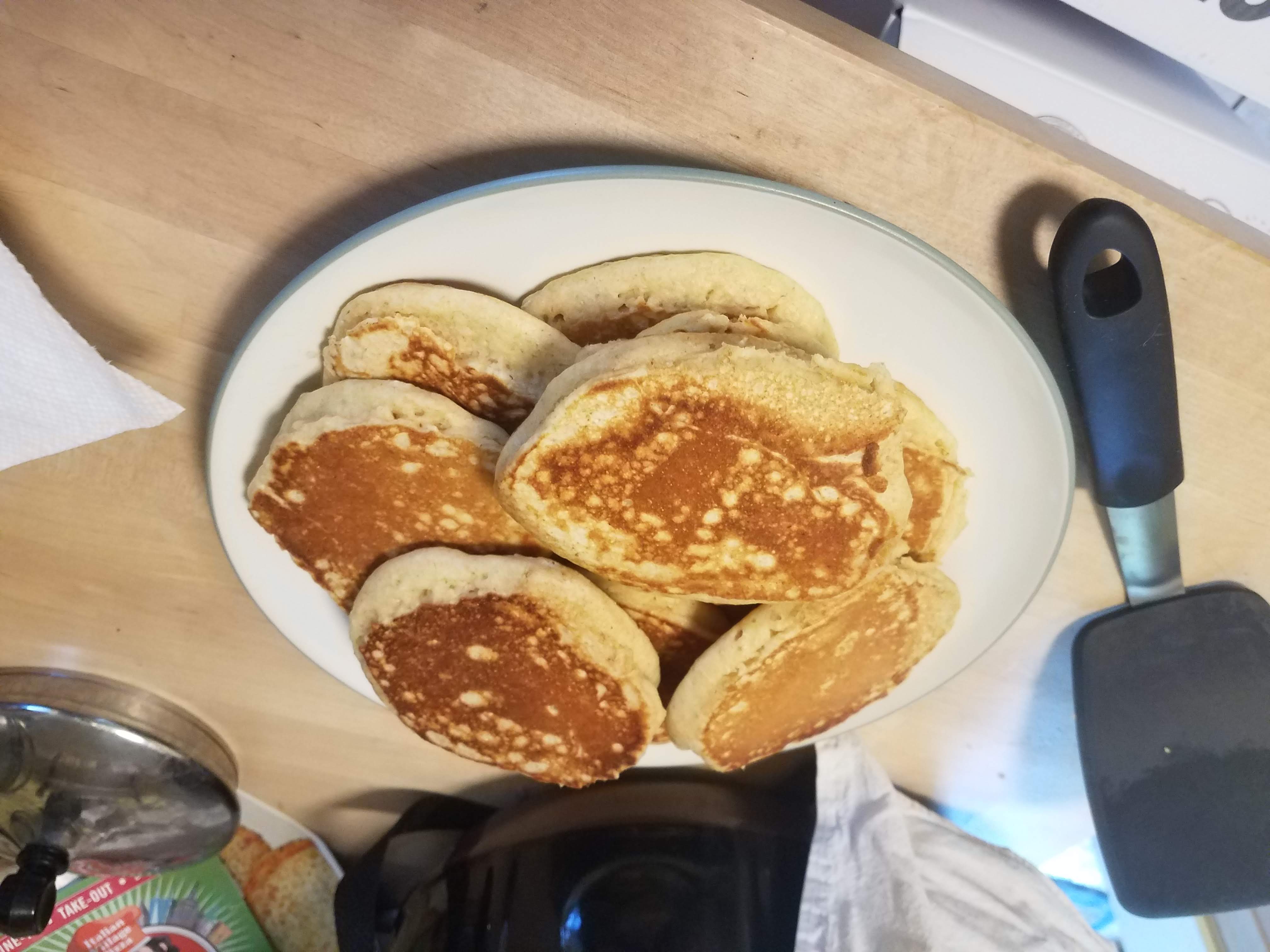Some of my most controversial, infamous, and still-talked-about Facebook posts of all time involve something that seems to draw opinions from even the most reserved people I know: expiration dates. Many people believe that the “sell by” or “best by” dates stamped on food are the end-all, be-all, definitive line between “safe” and “not safe” for food, and in almost every case that is not accurate. Granted, I push the envelope more than many of my friends are willing to, but I also hate throwing food away, especially if it’s still safe to consume.
To be clear, I am not talking about food safety concerns that stem from improper storage or something that has been given the opportunity to spoil after being opened. If you’ve got a bowl of mayonnaise-based macaroni salad that has been sitting in the sun for six hours at your Fourth of July picnic, don’t eat that. If you’ve got an open container of yogurt at the back of your fridge that you forgot about six months ago, and it has mold actively growing on it, don’t eat that. But don’t throw away food that is safe, either.
Food Waste in America
Americans throw away 108 billion (with a B) pounds of food every year, the equivalent of $161 billion, roughly 40% of food produced.[1] If that weren’t bad enough, landfilled food waste creates methane, which contributes to climate change. Granted, a lot of that waste comes from commercial sources, like restaurants and grocery chains, but we as individuals let a lot of food go bad in our fridges or just toss things because the date on the package has passed.
The story behind expiration dates, according to Smithsonian Magazine, is that as packaged, processed foods increased in popularity in the 1960s, and Americans began to make less food from scratch, consumers wanted to know how fresh their foods were and if they were still safe to eat.[2] For a lot of packaged foods, however, as long as the seal is not compromised, and there is no indication of spoilage, the food should be safe to eat long after the date (even if it’s not as fresh-tasting as it once was).

“Possible title for my obit? ‘Adventures in Refrigerator Archaeology; or, Expiration Dates are Just a Suggestion’
The veggie dogs expired in 2018; the mustard in 2016; the ketchup in 2010.”
In fact, there are no government regulations around any date labeling on foods, with one exception: infant formula. There are several commonly used phrases you may see on packaging, and they mean different things. It’s important to know the difference, as well as the fact that (with that one exception), they have nothing to do with safety:
- A “Best if Used By/Before” date indicates when a product will be of best flavor or quality. It is not a purchase or safety date.
- A “Sell-By” date tells the store how long to display the product for sale for inventory management. It is not a safety date.
- A “Use-By” date is the last date recommended for the use of the product while at peak quality. It is not a safety date except for when used on infant formula as described below.
- A “Freeze-By” date indicates when a product should be frozen to maintain peak quality. It is not a purchase or safety date.[3]
In doing research for my Community Supported Agriculture series last fall, I was surprised to find out that eggs and milk are seasonal foods. Factory farming has created a relatively even supply, but it makes sense that chickens should lay more eggs in the spring, when many babies in the animal kingdom are born, and that cows should be producing more milk for their calves.[4] After learning this fact, I cut back on my milk and egg consumption until they were back in season. However, once spring rolled around, I bought a lot more dairy but kept forgetting about it, since I was out of the habit of eating it.
Eggs and milk in particular are at risk for being tossed before they’re bad, increasing the risk of food and water waste. Of course these foods do eventually go bad, but I know people who throw away yogurt that is one day past the sell-by date, to which I have said “It’s yogurt – it’s only going to become more yogurty!” (Also, “Give it to me if you’re not going to eat it!”) Ultimately, by encouraging consumers to throw away food before it’s bad, we see increased food waste, artificially inflated demand, and higher revenue on the production side.
What to Trust
In any case, regarding eggs: the Egg Safety Council recommends eating eggs within four to five weeks of when they were packed.[5] However, that date isn’t always available from looking at the packaging, and if you get eggs from friends with chickens or from local farmers’ markets, like I often do, the eggs can be a lot fresher to start with, so they could last even longer. Keep in mind, though, that you won’t know whether all the eggs in that carton were laid on the same day (unless you know the farmer) so if one is bad, it doesn’t mean the rest necessarily are too. Of course, proper storage once you get home is a factor too, and if something is left out on the counter, it might not even last to the sell-by date.

There is a fun trick that I learned a few years ago to determine if an egg is still good: put the egg in a bowl of water. If it sits on the bottom, it’s still good for cooking; if it stands on end, it’s still good for baking; if it floats, it’s bad. The reason this trick works is because air bubbles form inside the egg as it ages, making it more buoyant.[6] If you’ve ever hard boiled an egg and seen a divot on one end, that’s from the air buildup inside the shell. Older hard boiled eggs are also easier to peel because of additional air between the white and the shell. If I find myself with a large number of eggs, like I do in the spring when my friends’ hens are laying more, hard boiling is a great way to keep them a little longer.
If you’ve tried the egg float trick, but still don’t trust it, you can always crack your eggs into a small bowl or cup instead of directly into the pan or mixing bowl. That gives you a chance to smell the egg to make sure it hasn’t spoiled, and it also gives you the chance to pick out any shell fragments so you don’t have to try to remove them from a hot frying pan while the egg is cooking, which always makes breakfast extra fun.
Milk, similarly, gets thrown away far too soon in most cases because of the rampant fear of drinking spoiled milk. I always get a kick out of people who go to the store and buy buttermilk for recipes but throw away milk as soon as it starts to sour. The truth is that if you’re buying pasteurized milk, it is highly unlikely to make you sick, even after it sours. As it sours, it becomes more acidic and therefore less hospitable to microbes that can make you sick. (Raw milk is another story – use caution there.)[7]
Sour milk isn’t pleasant to drink, or even smell, but it won’t hurt you, and it is incredible for cooking. I, for one, get very excited once my milk starts to turn because then I make pancakes. A few weeks ago, I had some particularly chunky milk – even I questioned if it was too far gone – but it made the most incredibly fluffy whole wheat pancakes I’ve ever had. (I also put some in our scrambled eggs, which Christian said were incredibly creamy and delicious. Don’t tell him.)

Pancake Recipe
Ingredients
- 1 c all purpose flour
- 1/2 c whole wheat flour
- 3 1/2 tsp baking powder
- 1 tsp salt
- 1 1/4 c milk (soured is the best for fluffy pancakes – if the milk has turned chunky, you may need more to get the right batter consistency)
- 1 egg (as long as it doesn’t float, it’s OK to use)
- 3 Tbs melted butter
Instructions
Mix dry ingredients together, add wet ingredients. Ladle batter into a hot, buttered pan and flip when ready – they’re pancakes; you’ve got this.
Regarding the pan, we’ve gotten rid of all of our non-stick cookware.[8] I’ve had good results with stainless and cast iron, as long as there’s enough butter to keep the pancakes from sticking – you don’t need much. I reapply between batches by wiping some butter around the pan with a paper towel.
~
In summary, you can do your part to reduce food waste by planning your meals, using what you buy, and composting what you don’t.[9] But don’t get rid of food before it’s actually ready for the compost – trust your eyes and nose before you trust the date on the box.
Thanks for reading!
[1] https://www.feedingamerica.org/our-work/our-approach/reduce-food-waste
[2] https://www.smithsonianmag.com/smart-news/sell-and-best-dates-food-are-basically-made-hard-get-rid-180950304/
[3] https://www.fsis.usda.gov/food-safety/safe-food-handling-and-preparation/food-safety-basics/food-product-dating
[4] https://radicalmoderate.online/community-supported-agriculture-part-4/
[5] https://eggsafety.org/faq/how-long-are-eggs-safe-to-eat-after-purchase/
[6] https://www.thespruceeats.com/testing-eggs-for-freshness-482406
[7] https://www.npr.org/sections/thesalt/2015/09/23/441460163/don-t-toss-that-sour-milk-10-tips-cut-food-waste-in-your-kitchen
[8] https://radicalmoderate.online/the-devil-we-know-and-dark-waters-teflon-in-the-media-part-1/
[9] https://www.epa.gov/recycle/reducing-wasted-food-home
4 Comments
Julia Zebley · June 9, 2021 at 1:05 pm
Doing the lord’s work on this one Alison
Alison · June 20, 2021 at 11:49 am
Thank you Julia! Either that or I’m justifying my own questionable behaviors…
Julia Zebley · June 16, 2021 at 11:08 am
Because of this I tested my eggs, and another way to know they’re bad is if you shake them and hear something solid inside, pro tip.
Alison · June 20, 2021 at 11:50 am
Wow, I had never heard of that before, but I’d be very hesitant to crack an egg if I heard something solid inside.